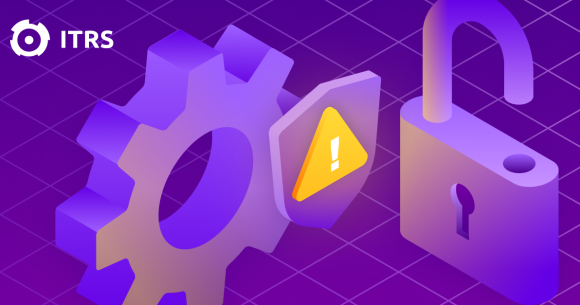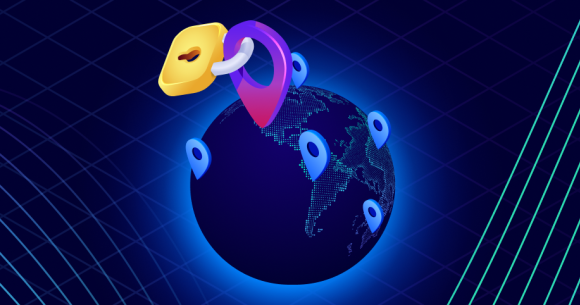Add observability to your digital experience monitoring
By adding context to your digital experience monitoring data (DEM), you get what’s-around-the-corner observability, helping you to understand your IT business environment so you can act now and plan for tomorrow.
The last few years have witnessed a dramatic change in the way businesses operate. Whether it’s finance, hospitality, travel, or retail (take your pick), being able to gain insight into user experience is not just critical, it is the new normal.
Today, observability in DEM means organizations can optimize customer experiences by going beyond black-and-white metrics (like traces and logs). They can delve deeper into the context surrounding transactional or performance issues that can affect the bottom line.
That type of deep understanding of how end users experience your digital products can have a significant impact on business key performance indicators (KPIs) such as revenue growth, profit margins and customer satisfaction rates.
DEM by the numbers
• 65% of consumers say most companies they do business with need to improve their customer experience.
• 71% of consumers expect personalization and 76% get frustrated when they do not find it.
• Organizations that adopt a true omnichannel strategy achieve 41% faster revenue growth.
• 75% of customers expect to receive excellent or good service, leading companies to refocus on listening to their customers’ needs.
According to Gartner, the top two reasons for pursuing digital initiatives are to enhance customer experience (58%) and improve employee productivity (57%), both of which are spurring a move towards unified systems.
Given these compelling trends, let’s look at what DEM is, the types of monitoring tools that enable DEM, and the role they play in end-to-end business observability.
What is digital experience monitoring?
Digital experience monitoring uses several different monitoring tools to evaluate metrics along the user journey. The goal is to provide IT teams with the data necessary to measure the user experience in real time.
DEM solutions analyze web and app performance at a granular level — often down to the millisecond. The goal is to make it possible to understand exactly what’s going on for your users from their perspective. Digital experience monitoring expands on traditional application performance monitoring (APM) to provide visibility into application performance, synthetic transactions, real user behavior and user experience scoring to name a few.
Digital experience monitoring tools:
1. Synthetic monitoring: generates traffic that replicates the typical path or behavior of a user on a network to measure performance, response times, availability, packet loss, latency, and other variables. Synthetic monitoring proactively simulates traffic with established test variables, including location, browser, network, and device type. An example of synthetic transaction monitoring would be to simulate customer behavior in the form of a flow of transactions along the buyer’s journey.
2. Real-user monitoring (RUM): RUM generates data from your actual users in real time. Examples of data collected may include the type of device or operating system being used, geographical location, server response time, performance, and security. RUM use cases include monitoring an online retailer’s site to detect increases in page load time, tracking user paths through a conversion funnel, or analyzing customer adoption rates of new mobile app versions.
3. Endpoint monitoring (EM): Endpoint monitoring gives visibility into the user device and performance from the endpoint to provide information on CPU, memory, operating systems, storage, security, networks, software updates and more. Endpoints can be PCs, smart phone, virtual machines, or cloud gateways. EM can identify an anomaly quickly, so an issue can be fixed before it disrupts business operations and impacts an employee or customer experience.
DEM is vital for end-to-end observability
Digital experience monitoring extends observability throughout the technology stack with an outside-in perspective of application performance across all user touchpoints. DEM expands on the traditional observability metrics by collecting user experience data to complete the end-to-end picture.
Solutions that focus on metrics, logs and traces only may alert teams to performance issues but can’t provide visibility into how many real users are impacted or what their individual sessions looked like. There may be a service problem that causes a significant increase in response time but the ultimate impact on the user experience could be negligible or massive. Without insight into the impact on end users it will be difficult to prioritize solutions that deliver a better customer experience.
DEM and observability = winning benefits
One of the key advantages of DEM is its versatility. With DEM solutions, organizations can operate over on-premises network infrastructure, or private or public cloud SaaS or IaaS offerings. That said, business observability incorporates metrics and business practices, enabling business and IT teams to connect the full technology stack to business outcomes.
When you bolster DEM with business-critical data — revenue, order value, customer segments, demographics —you enable the removal of silos between technology, KPIs and business metrics. Business observability makes it possible to see the true impact of digital experience metrics on the business and therefore make more informed decisions about where to prioritize and focus efforts.
One example may be understanding an issue preventing customers from completing high-value transactions. Another example may be slowing down a low-volume search query. Both are critical business insights. Peeling apart layers of non-business-critical metrics to reach gem-quality core data over time will enable IT business stakeholders to predict trends about current and future customer behavior.
This insight may enable the design of an optimal UX needed to fulfill business objectives, such as increasing revenue and fostering brand reputation and customer loyalty. When you use data in context to understand your IT business environment, you have the observability required to act now and plan for tomorrow.
You can read out whitepaper on observability here.




